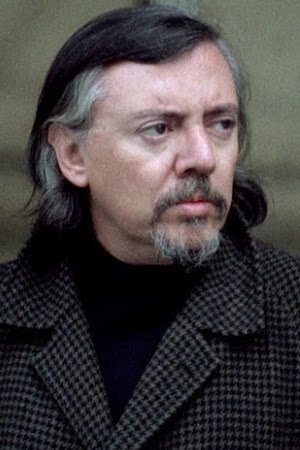
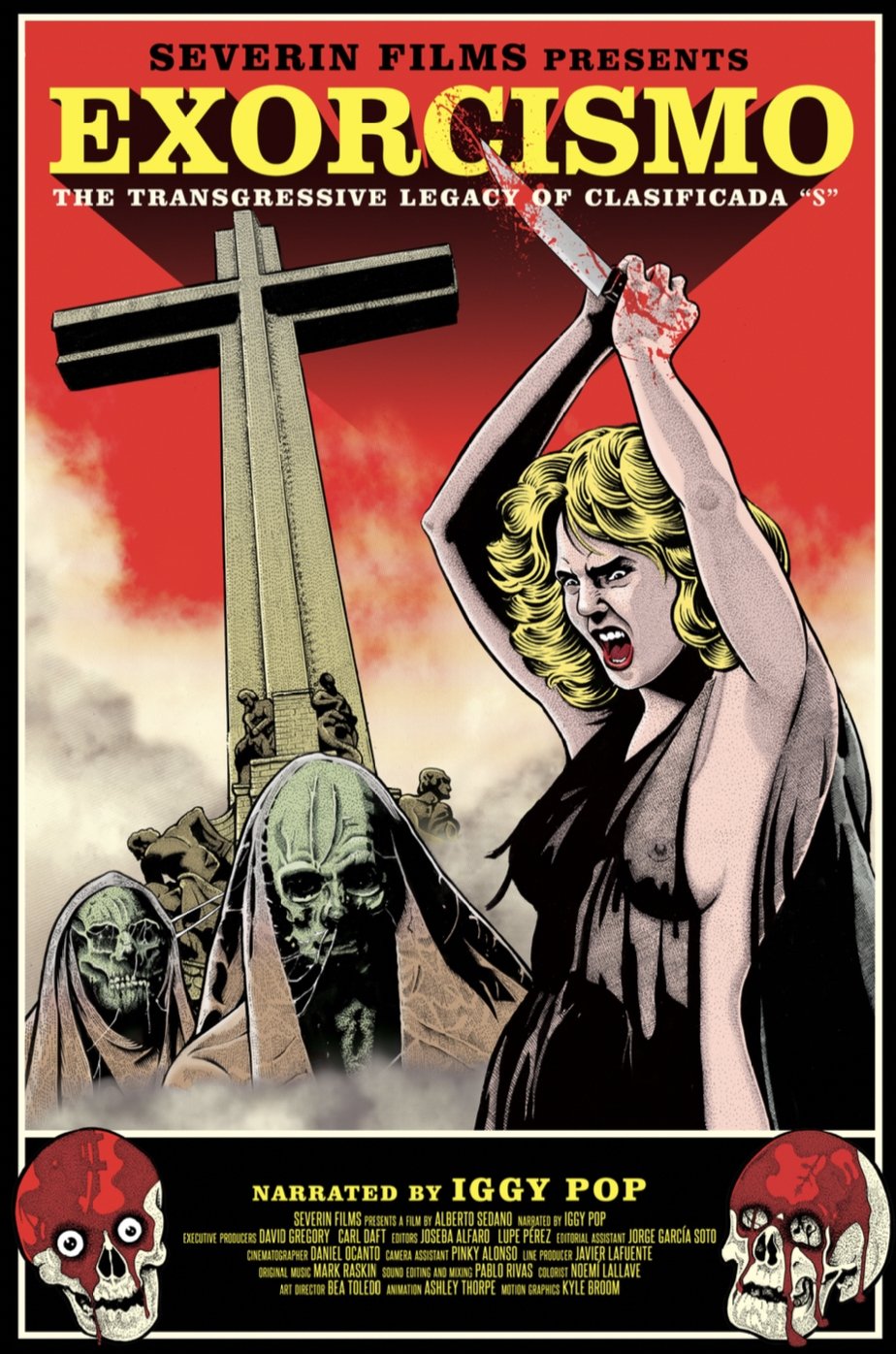
Franco's death in 1975 opened the doors to the possibility of uncensored cinema. After two years in which censorship was relaxed, in 1977 it was completely abolished, and the “S” classification was created to protect viewers from those films that could “hurt their sensitivity.” The “S” classification was granted when the content was especially violent, sexual or political, creating a mixed bag in which all types of unclassifiable films could fit. In force from 1978 to 1983, this classification turned out to be a great commercial attraction for a society that had suffered four decades of national-Catholic dictatorship and repression.
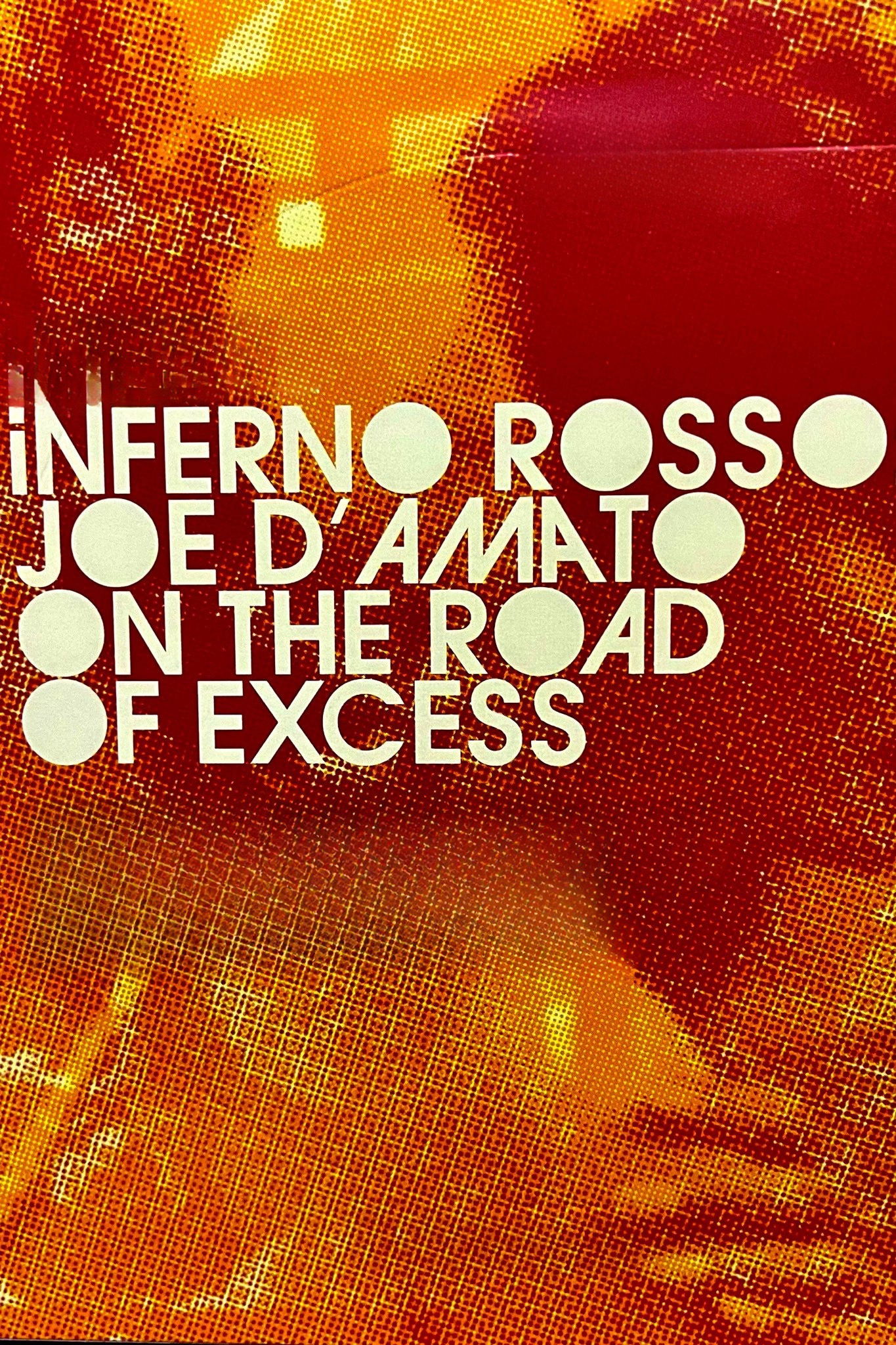
Who was Joe D'Amato aka. Aristide Massaccesi? A genius of horror in the USA, a master of eroticism in France, the king of porn in Italy. A man with a thousand pseudonyms capable of making over 200 films while simultaneously holding the roles of producer, director, author, director of photography and even camera operator. An artisan of cinema as he liked to call himself, capable of working on all film genres. From spaghetti western to post-atomic, decamerotic to glossy eroticism, and blockbuster porn to bloody horror. Guided by the aesthetics of extremes and supported by an undeniable technical ability, Joe D’Amato pushed himself, and the viewer, beyond all limits following with dedication three rigid principles that have become his stylistic code: Amaze, Shock, Scandalize.

A walk through the golden age of Spanish exploitation cinema, from the sixties to the eighties; a low-budget cinema and great popular acceptance that exploited cinematographic fashions: westerns, horror movies, erotic comedies and thrillers about petty criminals.

In 1969, Jesús Franco and Christopher Lee shot Count Dracula in Barcelona. At the same time, Pere Portabella became aware of this filming, vampirizing it in Cuadecuc, Vampir. Genre and Art-house films had never been so close. Drácula Barcelona tells the story of these two movies.

The life of an Andalusian actress who had a brilliant career in cinema, but died early in a car accident at 27 years old.
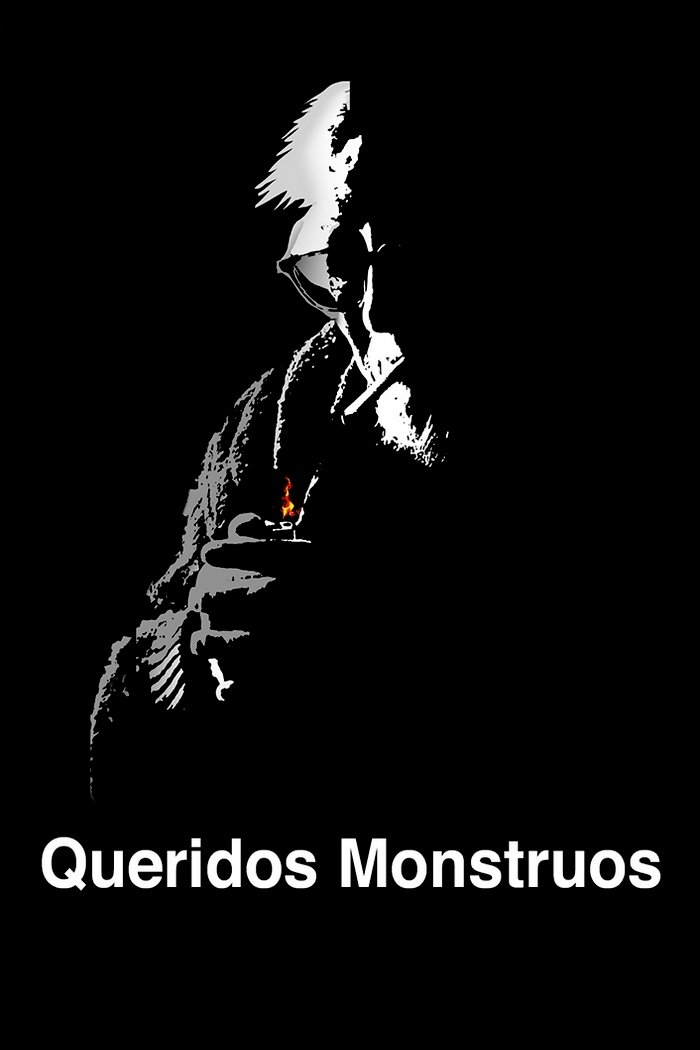

Jesus Franco, also known as Jess Franco, was one of the most important names in "B" cinema worldwide. With more than 200 works and a wide and peculiar use of pseudonyms, his work remains difficult to catalog, which makes it more exciting if it fits. Through a series of interviews with Franco, "Llámale Jess Redux" brings the spectator closer to the sadist, esoteric and erotic world of the director, as refined as rogue. This new version of "Llámale Jess" (2000), considered the reference documentary on Franco, and directed by Carles Prats and Manel Mayol, incorporates new unpublished statements by the irreducible Madrid filmmaker, as well as paying homage to his muse and companion, Lina Romay , Incorporating his active presence to the story.
Featurette starring actor Eric Falk and producer Erwin C. Dietrich about the making of Jess Franco's 'Barbed Wire Dolls'.
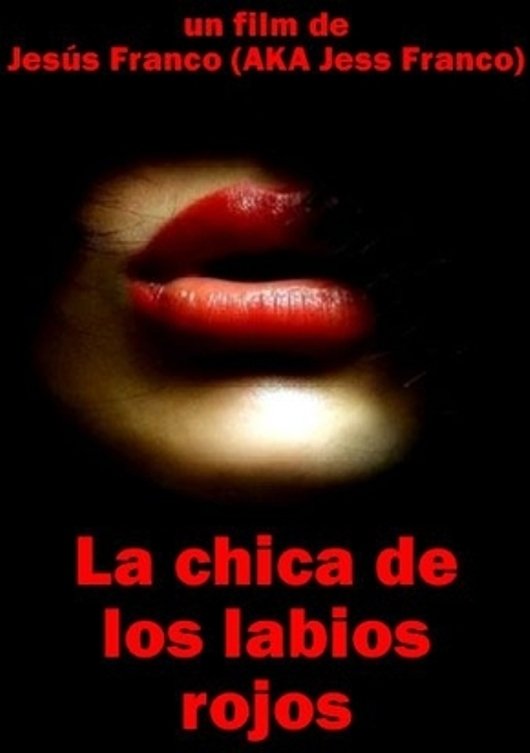
A couple of female detectives investigates the robbery of a valuable diamond. A comedy directed by Jess Franco.
Jesús "Jess" Franco was a Spanish film director, writer, cinematographer and actor. His career took off in 1961 with his cult classic The Awful Dr. Orloff, which received wide distribution in the United States and England. Though he had some American box office success with Necronomicon, his first women-in-prison film Ninety-Nine Women, and his two Christopher Lee films, The Bloody Judge and Count Dracula, he never achieved wide commercial success. Franco moved from Spain to France in 1970 so that he could make more violent and sexual films, and it was at this point that his career began to go downhill commercially, as he turned to low-budget filmmaking with a heavier accent on adult-oriented films. Although he produced a few well-received, low budget horror films in the early 70's, many people in the industry considered him a porn director due to the huge number of X-rated adult films he began churning out. Franco returned to low-budget horror in a brief comeback period from 1980-1983, but after 1983, his career took a second downturn. With the exception of Faceless and Killer Barbies, his films after 1984 are quite disliked and obscure due to their incredibly low budgets. Franco has nevertheless retained a large cult following through the years with his sexually-charged horror films, some of which are regarded as masterpieces by his avid followers.
By browsing this website, you accept our cookies policy.